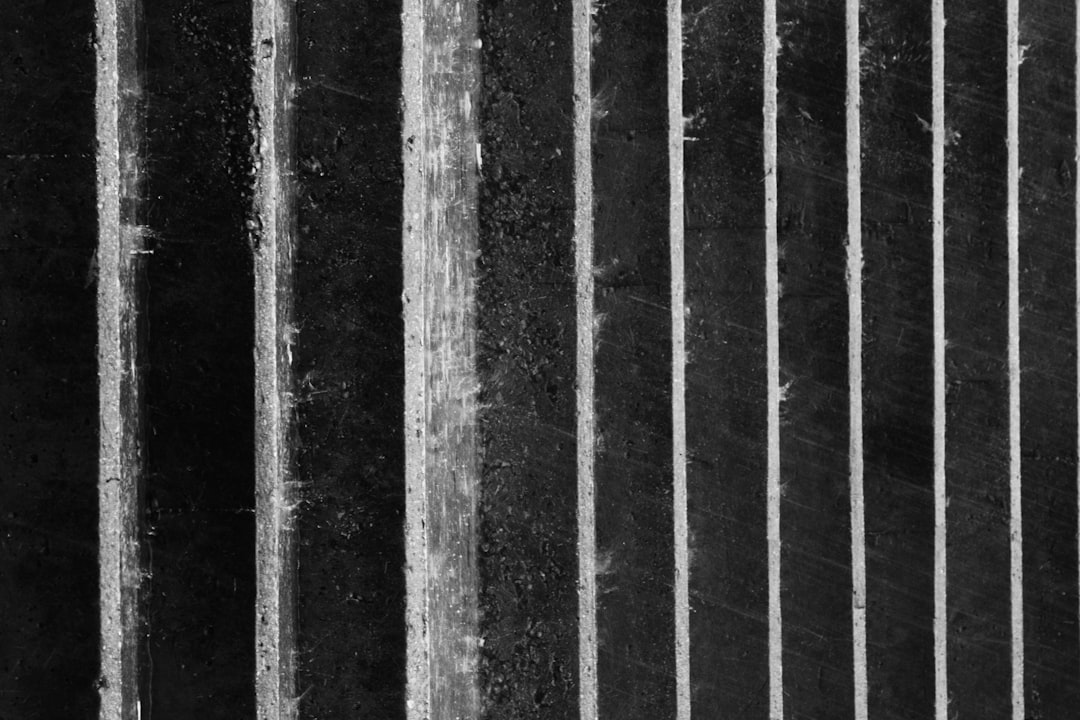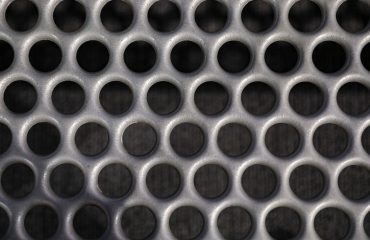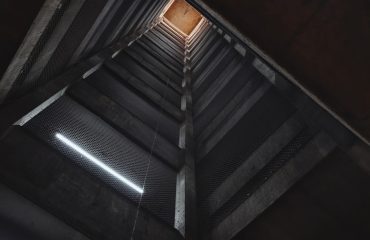body {
font-family: sans-serif;
line-height: 1.6;
}
h1, h2, h3 {
color: #333;
}
h1 {
font-size: 2.5em;
}
h2 {
font-size: 2em;
}
h3 {
font-size: 1.5em;
}
Cold drawn round steel bars are a crucial component in countless industries, offering a combination of strength, precision, and surface finish unmatched by many other materials. This comprehensive guide will delve into the intricacies of these versatile steel bars, exploring their manufacturing, properties, applications, advantages, and selection criteria.
The Manufacturing Process: From Hot Rolled to Precision
The journey of a cold drawn round steel bar begins with hot-rolled steel. Hot rolling is a high-temperature process that shapes the steel into a basic round bar. However, hot rolling leaves the bar with a rough surface and dimensional inaccuracies. This is where cold drawing comes in. Cold drawing is a process where the hot-rolled bar is pulled through a series of dies at room temperature, reducing its diameter and improving its surface finish. This cold working process significantly increases the steel’s tensile strength and yield strength while simultaneously improving its dimensional accuracy. The reduction in diameter is typically incremental, with multiple passes through increasingly smaller dies to achieve the desired final dimensions. Lubricants are crucial during this process to reduce friction and prevent surface damage. The precision achieved through cold drawing is a key factor in the widespread use of these bars in demanding applications.
Exceptional Mechanical Properties: Strength and Beyond
Cold drawing imparts several desirable mechanical properties to the steel. The cold working process significantly increases the tensile strength and yield strength compared to hot-rolled bars. This enhanced strength makes cold drawn bars ideal for applications requiring high load-bearing capacity. Furthermore, the process improves the surface hardness, leading to increased wear resistance. The improved surface finish also reduces the likelihood of stress concentrations, contributing to enhanced fatigue life. The precise dimensions achieved during cold drawing ensure consistent performance and simplify assembly processes. The specific mechanical properties vary depending on the grade of steel used and the degree of cold work applied.
Diverse Applications: Where Cold Drawn Steel Shines
The combination of high strength, precision, and excellent surface finish makes cold drawn round steel bars incredibly versatile. They find applications across a wide range of industries, including:
- Automotive: Used in various components like axles, shafts, and connecting rods.
- Construction: Employed in reinforcing bars and structural elements.
- Machinery Manufacturing: Essential for creating shafts, spindles, and other precision components.
- Aerospace: Used in high-strength, lightweight components requiring precise tolerances.
- Medical Devices: Used in the manufacture of surgical instruments and implants.
- Energy: Used in various components of turbines, pumps, and other energy-related machinery.
The specific grade of steel used often dictates the suitability for a particular application, with higher strength grades chosen for more demanding tasks.
Advantages over Other Steel Types: Why Choose Cold Drawn?
Compared to hot-rolled steel bars, cold drawn bars offer several distinct advantages:
- Higher Strength: Significantly increased tensile and yield strength.
- Improved Surface Finish: Smoother surface reduces friction and wear.
- Greater Dimensional Accuracy: Precise diameters and tolerances minimize machining requirements.
- Enhanced Fatigue Resistance: Reduced stress concentrations lead to longer lifespan.
- Better Machinability: The smoother surface can improve machining efficiency.
These advantages translate to cost savings, improved performance, and enhanced reliability in various applications.
Selecting the Right Grade: Considerations for Your Project
Choosing the appropriate grade of cold drawn round steel bar is crucial for ensuring the success of your project. Various grades are available, each with different chemical compositions and mechanical properties. Factors to consider include:
- Required Strength: Select a grade that meets or exceeds the load-bearing requirements.
- Surface Finish Requirements: Consider the necessary surface smoothness for the application.
- Dimensional Tolerances: Specify the required precision for your project.
- Corrosion Resistance: Choose a grade with appropriate corrosion resistance if exposure to harsh environments is expected.
- Budget: Balance performance requirements with cost considerations.
Consulting with a steel supplier can help you navigate the various options and select the optimal grade for your specific needs.
In conclusion, cold drawn round steel bars are a vital material in numerous industries, offering a compelling blend of strength, precision, and versatility. Understanding their manufacturing process, properties, and applications is crucial for engineers and designers seeking high-performance materials for their projects.
SEO Tags:
Cold Drawn Steel, Round Steel Bars, Steel Bar Manufacturing, Mechanical Properties of Steel, Steel Bar Applications




